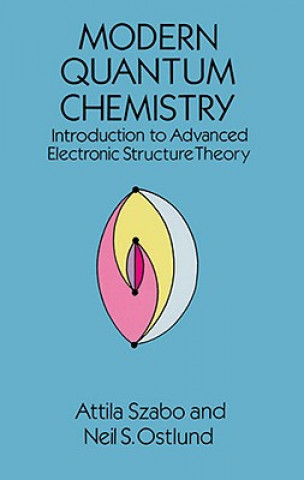
Kod: 04086654
Modern Quantum Chemistry
Autor Neil S Ostlund
Preface to Revised edition Preface 1. Mathematical Review 1.1 Linear Algebra 1.1.1 Three-dimensional vector algebra 1.1.2 Matrices 1.1.3 Determinants 1.1.4 N-Dimensional Complex Vector spaces 1.1.5 Change o ... więcej
- Język:
 Angielski
Angielski - Oprawa: Miękka
- Liczba stron: 480
Wydawca: Dover Publications Inc., 1996
- Więcej informacji o książce

150.48 zł
Zwykle: 152.88 zł
Oszczędzasz 2.40 zł

Dostępna w małych ilościach
Wysyłamy do 24 godzin
Potrzebujesz więcej egzemplarzy?Jeżeli jesteś zainteresowany zakupem większej ilości egzemplarzy, skontaktuj się z nami, aby sprawdzić ich dostępność.
Dodaj do schowka
Zobacz książki o podobnej tematyce
-

Berserk Deluxe Volume 12
212.67 zł -1 % -

The Subtle Art of Not Giving A F*ck
57.35 zł -28 % -

It ends with us
32.84 zł -28 % -

The Hobbit and the Lord of the Rings: Deluxe Pocket Boxed Set
243.41 zł -5 % -

One Piece (Omnibus Edition), Vol. 3
54.94 zł -28 % -

Cracking the Coding Interview
178.01 zł -

Bloodborne, 1 - 3 Boxed set
205.13 zł -4 % -

Harry Potter and the Philosopher's Stone
38.17 zł -23 % -

Elantris
51.83 zł -23 % -

The Complete Tales of H.P. Lovecraft
101.66 zł -15 % -

Morpho
115.92 zł -23 % -

Cashvertising
77.25 zł -5 % -

Harry Potter Crochet Wizardry
92.82 zł -23 % -

Heartstopper Volume 4
46.91 zł -31 % -

Chemistry for the IB Diploma Workbook with Digital Access (2 Years)
131.60 zł -

Renoir. 40th Ed.
125.27 zł -4 % -

Babel
71.72 zł -15 % -
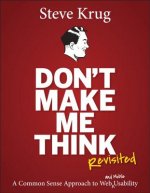
Don't Make Me Think, Revisited
185.04 zł -5 % -

The Metamorphosis and Other Stories
23.30 zł -31 % -
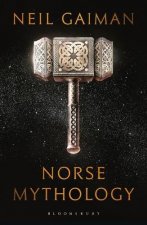
Norse Mythology
35.05 zł -31 % -

The Summer Palace and Other Stories: A Captive Prince Short Story Collection
47.71 zł
Podaruj tę książkę jeszcze dziś
- Zamów książkę i wybierz "Wyślij jako prezent".
- Natychmiast wyślemy Ci bon podarunkowy, który możesz przekazać adresatowi prezentu.
- Książka zostanie wysłana do adresata, a Ty o nic nie musisz się martwić.
Więcej informacji o Modern Quantum Chemistry
Za ten zakup dostaniesz 88 punkty
 Opis
Opis
Preface to Revised edition Preface 1. Mathematical Review 1.1 Linear Algebra 1.1.1 Three-dimensional vector algebra 1.1.2 Matrices 1.1.3 Determinants 1.1.4 N-Dimensional Complex Vector spaces 1.1.5 Change of Basis 1.1.6 The Eigenvalue Problem 1.1.7 Functions of Matrices 1.2 Orthogonal functions, Eigenfunctions, and Operators 1.3 The Variation Method 1.3.1 The Variation principle 1.3.2 The Linear Variational Problem Notes, Further Reading 2. Many Electron Wave functions and operators 2.1 The Electronic Problem 2.1.1 Atomic Units 2.1.2 The Born-Oppenheimer Approximation 2.1.3 The Antisymmetry or Pauli Exclusion Principle 2.2 Orbitals, Slater Determinants, and Basis functions 2.2.1 Spin Orbitals and Spatial Orbitals 2.2.2 Hartree Products 2.2.3 Slater Determinants 2.2.4 The Hartree-Fock Approximation 2.2.5 The Minimal Basis H subscript 2 Model 2.2.6 Excited Determinants 2.2.7 Form of the Exact Wave function and Configuration Interaction 2.3 Operators and Matrix Elements 2.3.1 Minimal Basis H subscript 2 matrix Elements 2.3.2 Notations for One- and Two-Electron Integrals 2.3.3 General Rules for Matrix Elements 2.3.4 Derivation of the Rules for Matrix Elements 2.3.5 Transition from Spin Orbitals to Spatial Orbitals 2.3.6 Coulomb and Exchange Integrals 2.3.7 Pseudo-Classical interpretation of Determinantal Energies 2.4 Second Quantization 2.4.1 Creation and annihilation Operators and Their Anticommutation Relations 2.4.2 Second-Quantized Operators and Their Matrix Elements 2.5 Spin-Adapted Configurations 2.5.1 Spin Operators 2.5.2 Restricted Determinants and Spin-Adapted Configurations 2.5.3 Unrestricted Determinants Notes, Further Reading 3. The Hartree-Fock Approximation 3.1 The Hartree-Fock Equations 3.1.1 The Coulomb and Exchange Operators 3.1.2 The Fock Operator 3.2 Derivation of the Hartree-Fock Equations 3.2.1 Functional Variation 3.2.2 Minimization of the Energy of a Single Determinant 3.2.3 The Canonical Hartree-Fock Equations 3.3 Interpretation of Solutions to the Hartree-Fock Equations 3.3.1 Orbital energies and Koopmans' Theorem 3.3.2 Brillouin's Theorem 3.3.3 The Hartree-Fock Hamiltonian 3.4 Restricted Closed-Shell hartree-Fock: The Roothaan Equations 3.4.1 Closed-Shell Hartree-Fock: Restricted Spin Orbitals 3.4.2 Introduction of a Basis: The Roothaan Equations 3.4.3 The Charge Density 3.4.4 Expression for the Fock Matrix 3.4.5 Orthogonalization of the Basis 3.4.6 The SCF Procedure 3.4.7 Expectation Values and Population Analysis 3.5 Model Calculations on H subscript 2 and HeH superscript + 3.5.1 The 1s Minimal STO-3G Basis Set 3.5.2 STO-3G H subscript 2 3.5.3 An SCF Calculation on STO-3G HeH superscript + 3.6 Polyatomic Basis Sets 3.6.1 Contracted Gaussian functions 3.6.2 Minimal Basis Sets: STO-3G 3.6.3 Double Zeta Basis Sets: 4-31G 3.6.4 Polarized Basis Sets: 6-31G and 6-31G 3.7 Some Illustrative Closed-Shell Calculations 3.7.1 Total Energies 3.7.2 Ionization Potentials 3.7.3 Equilibrium Geometries 3.7.4 Population Analysis and Dipole Moments 3.8 Unrestricted Open-Shell Hartree-Fock: The Pople-Nesbet Equations 3.8.1 Open-Shell Hartree-Fock: Unrestricted Spin Orbitals 3.8.2 Introduction of a Basis: The Pople-Nesbet Equations 3.8.3 Unrestricted Density Matrices 3.8.4 Expression for the Fock Matrices 3.8.5 Solution of the Unrestricted SCF Equations 3.8.6 Illustrative Unrestricted Calculations 3.8.7 The Dissociation Problem and its Unrestricted Solution Notes, Further Reading 4. Configuration Interaction 4.1 Multiconfigurational Wave Functions and the Structure of the Full CI Matrix 4.1.1 Intermediate Normalization and an Expression for the Correlation Energy 4.2 Doubly Excited CI 4.3 Some Illustrative Calculations 4.4 Natural Orbitals and the One-Particle Reduced Density Matrix 4.5 The Multiconfiguration Self-Consistent Field (MCSCF) and Generalized Valence Bond (GVB) Methods 4.6 Truncated CI and the Size-Consistency Problem Notes, Further Reading 5. Pair and Coupled-Pair Theories 5.1 The Independent Electron Pair Approximation (IEPA) 5.1.1 Invariance under Unitary Transformations: an example 5.1.2 Some Illustrative Calculations 5.2 Coupled-Pair Theories 5.2.1 The Coupled Cluster Approximation (CCA) 5.2.2 The Cluster Expansion of the Wave Function 5.2.3 Linear CCA and the Coupled Electron Pair Approximation (CEPA) 5.2.4 Some Illustrative Calculations 5.3 Many-Electron Theories with Single Particle Hamiltonians 5.3.1 The Relaxation Energy via CI, IEPA, CCA, and CEPA 5.3.2 The Resonance Energy of Polyenes in Hückel Theory Notes, Further Reading 6. Many-Body Perturbation Theory 6.1 Rayleigh-Schrödinger (RS) Perturbation Theory 6.2 Diagrammatic Representation of RS Perturbation Theory 6.2.1 Diagrammatic Perturbation Theory for 2 States 6.2.2 Diagrammatic Perturbation Theory for N States 6.2.3 Summation of Diagrams 6.3 Orbital Perturbation Theory: One-Particle Perturbations 6.4 Diagrammatic Representation of Orbital Perturbation Theory 6.5 Perturbation Expansion of the Correlation Energy 6.6 The N-Dependence of the RS Perturbation Expansion 6.7 Diagrammatic Representation of the Perturbation Expansion of the Correlation Energy 6.7.1 Hugenholtz Diagrams 6.7.2 Goldstone Diagrams 6.7.3 Summation of Diagrams 6.7.4 What Is the Linked Cluster Theorem? 6.8 Some Illustrative Calculations Notes, Further Reading 7. The One-particle Many-Body Green's Function 7.1 Green's Functions in single Particle Systems 7.2 The One-Particle Many-Body Green's Function 7.2.1 The Self-Energy 7.2.2 The solution of the Dyson Equation 7.3 Application of the formalism to H subscript 2 and HeH superscript + 7.4 Perturbation Theory and the Green's Function Method 7.5 Some Illustrative Calculations Notes, Further Reading Appendix A. Integral Evaluation with 1s Primitive Gaussians Appendix B. Two-Electron Self-Consistent-Field Program Appendix C. Analytic Derivative methods and Geometry Optimization Appendix D. Molecular Integrals for H subscript 2 as a Function of Bond Length Index
 Szczegóły książki
Szczegóły książki
Kategoria Książki po angielsku Mathematics & science Chemistry Physical chemistry
150.48 zł
- Pełny tytuł: Modern Quantum Chemistry
- Autor: Neil S Ostlund
- Język:
 Angielski
Angielski - Oprawa: Miękka
- Liczba stron: 480
- EAN: 9780486691862
- ISBN: 0486691861
- ID: 04086654
- Wydawca: Dover Publications Inc.
- Waga: 584 g
- Wymiary: 213 × 142 × 25 mm
- Data wydania: 01. January 1996
Ulubione w innej kategorii
-

Molymod MMS-072
122.25 zł -

Schaum's Outline of Physical Chemistry
156.51 zł -2 % -

Schaum's Outline of Thermodynamics with Chemical Application
119.34 zł -3 % -

Principles and Problems in Physical Chemistry for Biochemists
349.20 zł -
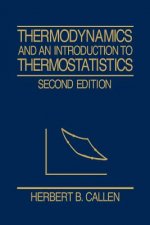
Thermodynamics and an Introduction to Thermostatistics 2e (WSE)
1295.65 zł -
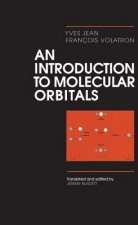
Introduction to Molecular Orbitals
927.76 zł -
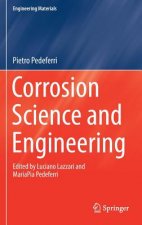
Corrosion Science and Engineering
679.72 zł -
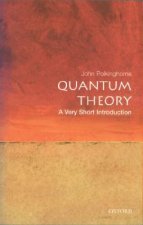
Quantum Theory: A Very Short Introduction
42.59 zł -23 % -

Catalysis - An Integrated Textbook for Students
423.74 zł -3 % -
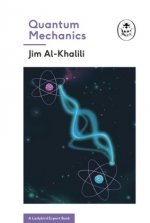
Quantum Mechanics (A Ladybird Expert Book)
38.17 zł -23 % -
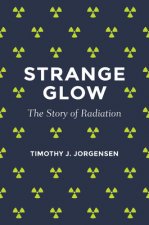
Strange Glow
89.20 zł -4 % -

Elements of Physical Chemistry
301.18 zł -

Molecular Driving Forces
806.20 zł -

Student Solutions Manual to Accompany Atkins' Physical Chemistry 11th Edition
376.32 zł -
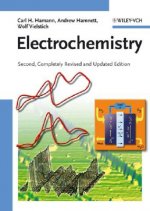
Electrochemistry
429.57 zł -3 % -
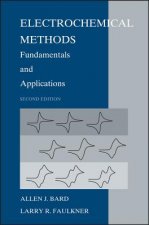
Electrochemical Methods
1498.18 zł -

History and Science of the Manhattan Project
527.12 zł -
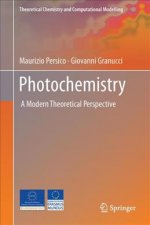
Photochemistry
412.79 zł -8 % -
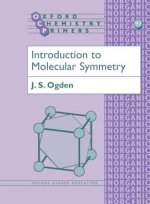
Introduction to Molecular Symmetry
164.85 zł -
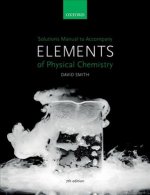
Solutions Manual to accompany Elements of Physical Chemistry 7e
240.40 zł -
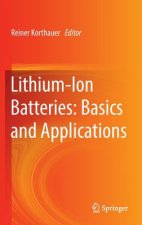
Lithium-Ion Batteries: Basics and Applications
933.59 zł -
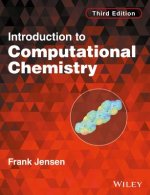
Introduction to Computational Chemistry, 3e
423.54 zł -2 % -
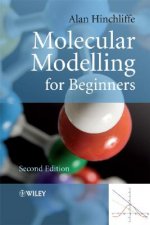
Molecular Modelling for Beginners 2e
427.86 zł -

Electrochemistry
180.82 zł -
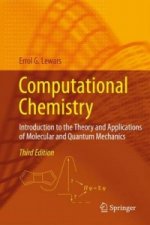
Computational Chemistry
622.66 zł -

Perfumes
476.48 zł -

Chemical Formulation
176.70 zł -

Physical Chemistry
717.19 zł -
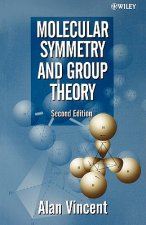
Molecular Symmetry & Group Theory - A Programmed Introduction to Chemical Applications 2e
192.37 zł -3 % -
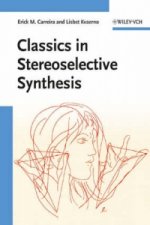
Classics in Stereoselective Synthesis
423.74 zł -3 % -
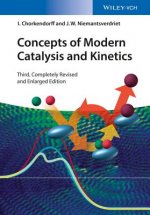
Concepts of Modern Catalysis and Kinetics 3e
475.78 zł -3 % -

Electrochemistry in Ionic Liquids
563.08 zł -

Stereochemistry
113.71 zł -
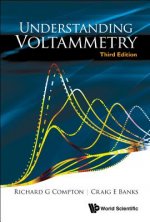
Understanding Voltammetry (Third Edition)
364.27 zł -

History and Science of the Manhattan Project
217.59 zł -

Understanding Advanced Chemistry Through Problem Solving: The Learner's Approach - Volume 2
154.20 zł -
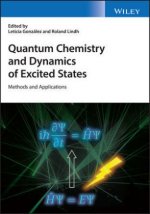
Quantum Chemistry and Dynamics of Excited States - Methods and Applications
1405.96 zł -

Interfacial Electrochemistry
384.36 zł -

Understanding Advanced Chemistry Through Problem Solving: The Learner's Approach - Volume 1
138.63 zł -
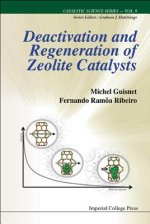
Deactivation And Regeneration Of Zeolite Catalysts
506.02 zł -
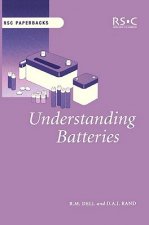
Understanding Batteries
205.74 zł -

Stereochemistry - Workbook
234.57 zł -
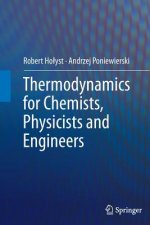
Thermodynamics for Chemists, Physicists and Engineers
349.40 zł -
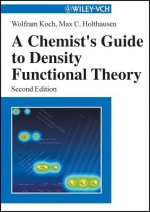
Chemist's Guide to Density Functional Theory 2e
475.78 zł -3 % -
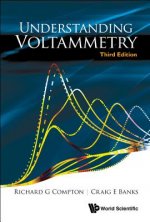
Understanding Voltammetry (Third Edition)
679.32 zł -
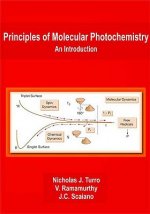
Principles of Molecular Photochemistry: An Introduction
679.82 zł -
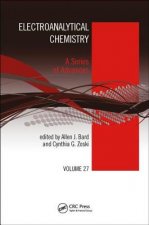
Electroanalytical Chemistry
835.94 zł -
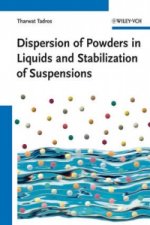
Dispersion of Powders - in Liquids and Stabilization of Suspensions
1024.10 zł -

Catalytic Process Development for Renewable Materials
837.64 zł
zadowolonych klientów
Od roku 2008 obsłużyliśmy wielu miłośników książek, ale dla nas każdy był tym wyjątkowym.
Copyright! ©2008-24 libristo.pl Wszelkie prawa zastrzeżonePrywatnieCookies


 21 milionów książek
21 milionów książek Dostawa 10.99 zł
Dostawa 10.99 zł (32) 444 93 66 (8-15.30h)
(32) 444 93 66 (8-15.30h)